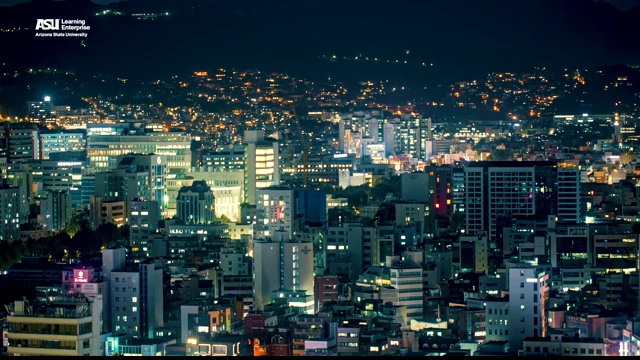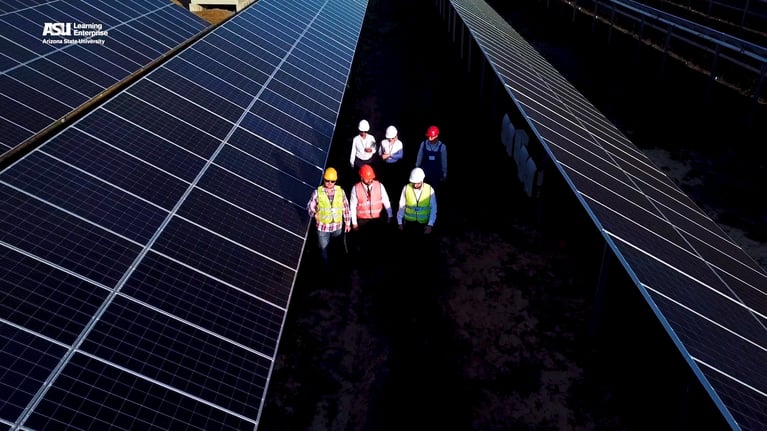Endangered coral reefs are a major concern given their function as vibrant ecosystems. Coral reefs dying impacts the entire marine ecosystem that relies on them. When asking why are coral reefs dying, scientists have discovered that corals are highly sensitive to temperature changes, leading to the expulsion of algae that provide them with food and resulting in coral bleaching and increased susceptibility to disease. Climate change and El Niño events further exacerbate these bleaching events.Measures to address climate change and reduce pollution need to be taken to protect coral reefs.
There is something about the ocean and the plants and animals that live there that calls to us. This is especially true for coral reefs. Here, life seems to explode in a range of colors and a variety of creatures, including the coral itself. It is in these ecosystems, where life is so abundant, that we have been seeing some disturbing changes.
Many coral reefs have started to die or have already died. When a coral reef is lost, all that is left are the skeletons of the tiny animals that made them. This is not just the loss of one animal. The loss of living coral impacts the entire ecosystem that relied on them. This is because corals are a keystone species for the marine world. Maybe the keystone species. When they are lost, many other plants and animals die. So losing coral reefs is not a good sign for the health of our oceans and for us.
Scientists have been studying what might be causing the loss of these important animals. It turns out that they are very sensitive to temperature changes. When the water temperature warms, the corals will expel the algae that lives in their tissues. These algae provide corals with a source of food. When the algae is lost, the coral becomes white or bleached looking. It is not dead at this time, but it now has lost a major food source and is more likely to become diseased.
If this sounds like this might have something to do with climate change, you are correct. But it is not just the gradual increase in global temperatures, it is also the effect of El Niño that is also impacting corals. El Niño is when there are periods of unusually warm water in the Pacific. This is something that does not happen on a regular basis, but when it does, it can last a year or more. Scientists have compared past data from El Niños with coral bleaching events and they found that during this time, coral bleaching increases. Normally, these infrequent events aren’t too hard to handle - but as things heat up, the impact of them becomes much worse. This one-two punch of climate warming with an El Niño makes the bleaching events much more severe.
You might be wondering: what can we do about this? Besides battling climate change and the warming of the oceans, there are other things we can do now that are more immediate. The warmer waters put coral reefs in jeopardy. But pollution is also a stressor on corals that can make matters worse. To help, you can swap out your sunscreen for coral and dolphin safe versions. If you avoid the usual sunscreens made with oxybenzone and octinoxate, that’s a start. Instead, opt for non-nano mineral based sunscreens. This way, you can help reduce the stress on coral reefs. This also applies even if you don’t visit the ocean! Washing your sunscreen off your body in the shower or bath still allows these chemicals to enter the water system, which often ends at the ocean.
In addition to switching your sunscreen, reducing the use of single-use plastics can also help coral reefs and the ocean ecosystem. These are simple life changes that can make a positive impact on the future of coral reefs. And if you want to learn more about the research into the impact of El Niño on coral reefs, read the Ask A Biologist PLOSable - Hot Flashes in the Ocean at askabiologist.asu.edu.


